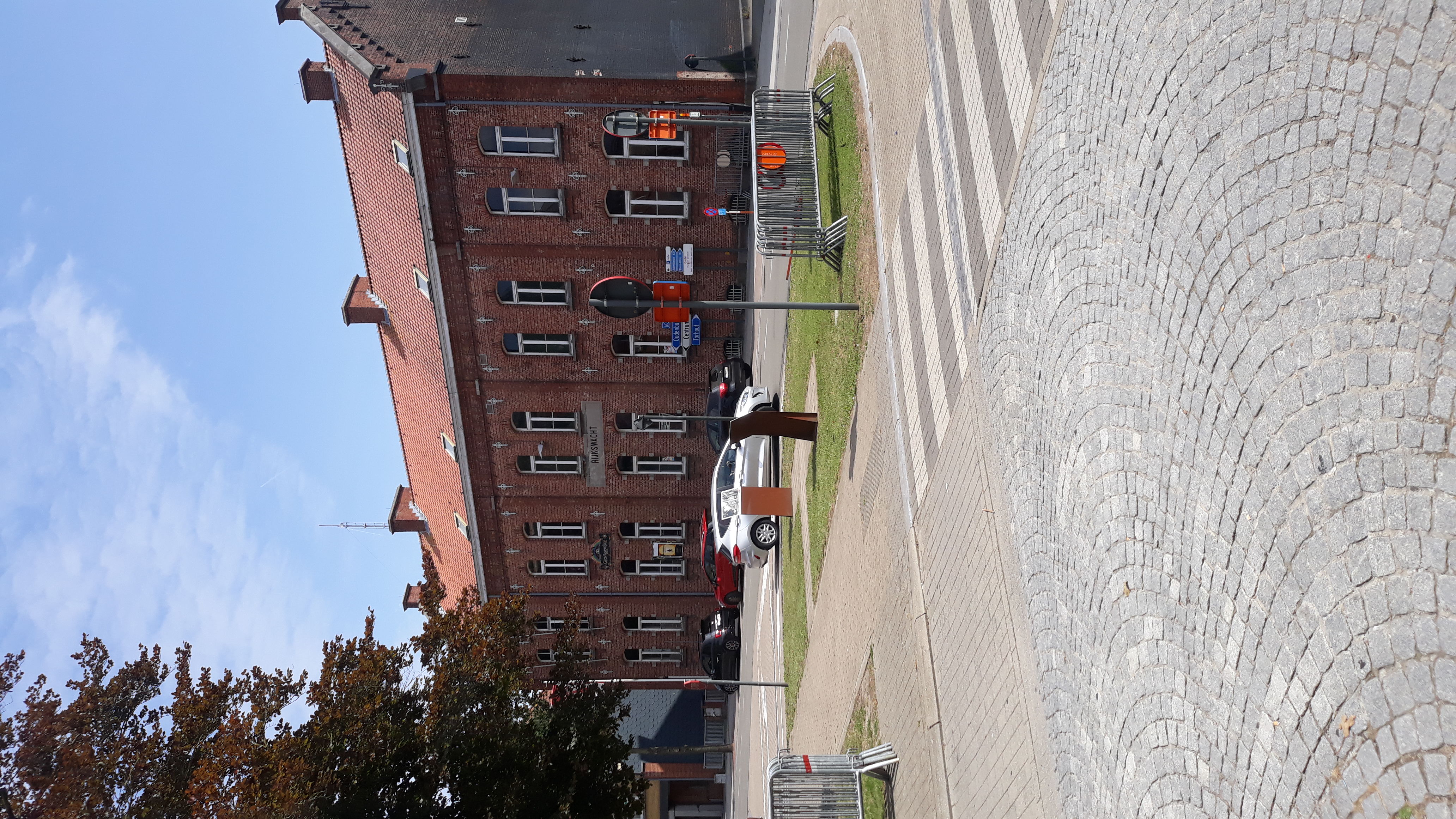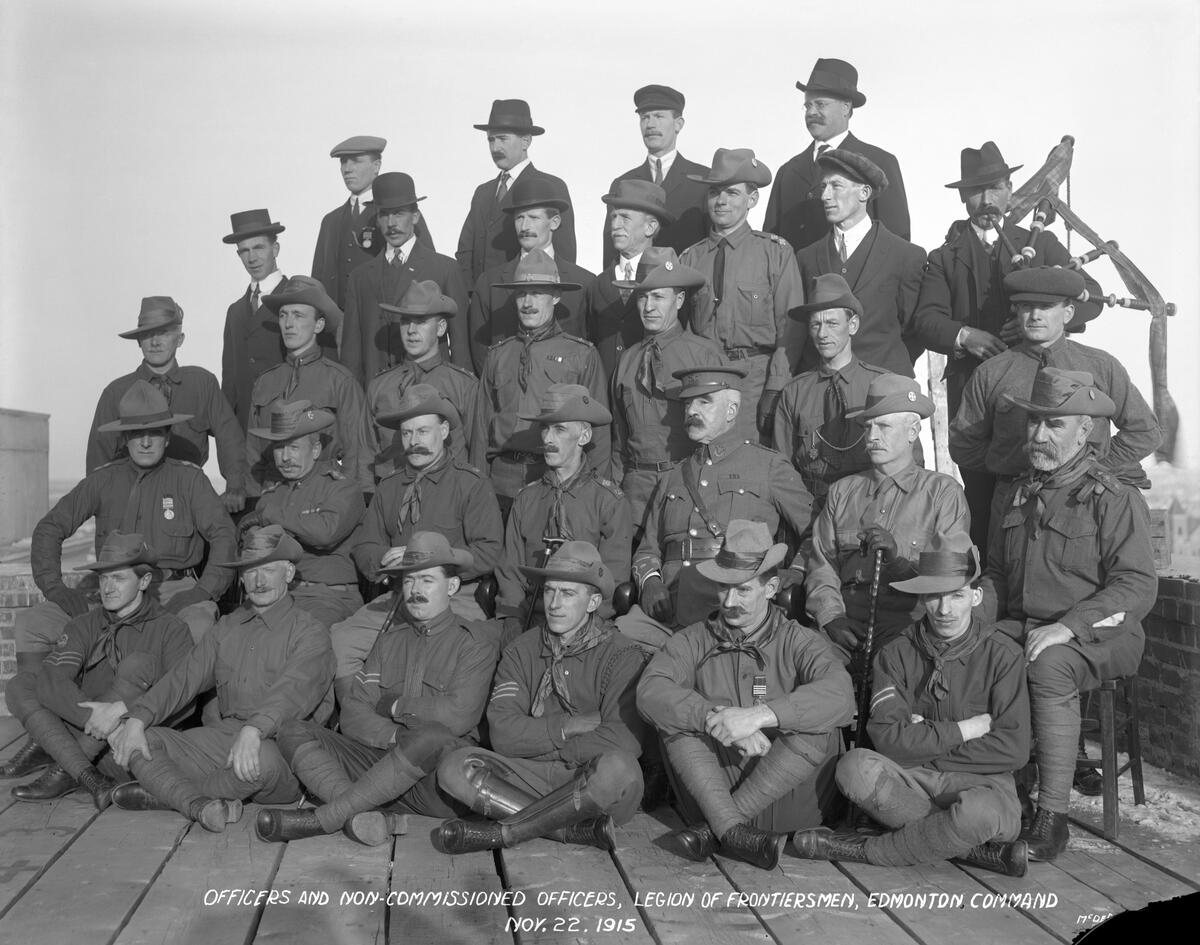|
BDX (APC)
The BDX is a Belgian armored personnel carrier developed on the basis of the Irish designed Timoney armored vehicle. Description It is an amphibious vehicle. The hull of the vehicle is made of steel. It can carry up to 10 soldiers. Vehicle armament may be varied, e.g. One or two pintle-mounted 7.62mm machine guns on the roof or a turret mounted 20 mm cannon. 13 vehicles intended for the Belgian ''Rijkswacht''/''Gendarmerie'' were equipped with an 81mm mortar. Shooting takes place through the open roof hatch. There is also the possibility of installing NBC protection system. Users * Belgium : ** Belgian Air Component The Belgian Air Component ( nl, Luchtcomponent, french: Composante air) is the air arm of the Belgian Armed Forces, and until January 2002 it was officially known as the Belgian Air Force ( nl, Belgische Luchtmacht; french: Force aérienne belg ... - 63 vehicles ** Rijkswacht/Gendarmerie - 80 vehicles * Argentina - 5 vehicles * Mexico - 95 vehicles Ext ... [...More Info...] [...Related Items...] OR: [Wikipedia] [Google] [Baidu] |
Gendarmerie (Belgium)
The Gendarmerie (French) or Rijkswacht (Dutch) was the former national Gendarmerie force of the Kingdom of Belgium. It became a civilian police organisation in 1992, a status it retained until 1 January 2001, when it was, together with the other existing police forces in Belgium, abolished and replaced by the Federal Police and the Local Police. History Etymology The word ''gendarme'' comes from Old French ''gens d'armes'', meaning men-at-arms, whereas the Dutch name, ''rijkswacht'', means ''guard of the realm''. Pre-independence In 1795, the Belgian provinces came under French rule. It was at this time that the Rijkswacht/Gendarmerie was created. This military force had been created a short time before in France itself to replace the '' Marechaussee'' (mounted corps of marshals) of the former monarchy. The legislation which organised the new gendarmerie service in Belgium was a law dated April 17, 1798, which remained in force until 1957. In 1815, the Belgian provinces be ... [...More Info...] [...Related Items...] OR: [Wikipedia] [Google] [Baidu] |
Timoney (armoured Personnel Carrier)
The Timoney armoured personnel carrier refers to a series of armored personnel carriers developed by Timoney Technology Limited of Ireland in the 1970s and 1980s. Production history Mk I, II, III, In the early 1970s against the background of the escalating Troubles in Northern Ireland the Irish Government decided to expand the Irish Army. In 1972 Séamus Timoney, a professor at University College Dublin (who had previously contributed to the design of the British FV601 Saladin and FV603 Saracen armoured vehicles) offered to design a new APC, based on requirements developed in coordination with the Irish Army. The designers believed that the experience of the British Army in Northern Ireland had shown that APCs designed for conventional warfare had a number of drawbacks when used in an urban counter-insurgency role. The new APC was planned to be suitable for urban guerrilla warfare while still being able to fulfil the demands of a conventional conflict. The vehicle was specifi ... [...More Info...] [...Related Items...] OR: [Wikipedia] [Google] [Baidu] |
Belgian Gendarmerie
The Gendarmerie ( French) or Rijkswacht (Dutch) was the former national Gendarmerie force of the Kingdom of Belgium. It became a civilian police organisation in 1992, a status it retained until 1 January 2001, when it was, together with the other existing police forces in Belgium, abolished and replaced by the Federal Police and the Local Police. History Etymology The word ''gendarme'' comes from Old French ''gens d'armes'', meaning men-at-arms, whereas the Dutch name, ''rijkswacht'', means ''guard of the realm''. Pre-independence In 1795, the Belgian provinces came under French rule. It was at this time that the Rijkswacht/Gendarmerie was created. This military force had been created a short time before in France itself to replace the '' Marechaussee'' (mounted corps of marshals) of the former monarchy. The legislation which organised the new gendarmerie service in Belgium was a law dated April 17, 1798, which remained in force until 1957. In 1815, the Belgian provinces b ... [...More Info...] [...Related Items...] OR: [Wikipedia] [Google] [Baidu] |
NBC Protection System
Chemical, biological, radiological and nuclear defence (CBRN defence) are protective measures taken in situations in which chemical, biological, radiological or nuclear warfare (including terrorism) hazards may be present. CBRN defence consists of CBRN passive protection, contamination avoidance, and weapons of mass destruction mitigation. A CBRN incident differs from a hazardous material incident in both scope (i.e., CBRN can be a mass casualty situation) and intent. CBRN incidents are responded to under the assumption that they are intentional and malicious; evidence preservation and perpetrator apprehension are of greater concern than with HAZMAT incidents. A 2011 forecast concluded that worldwide government spending on CBRN defence products and services would reach US$8.38bn that year. Etymology In English the term ''CBRN'' is a replacement for the 1960s–1980s term ''NBC'' (nuclear, biological, and chemical), which had replaced the term ''ABC'' (atomic, biological, and ... [...More Info...] [...Related Items...] OR: [Wikipedia] [Google] [Baidu] |
Belgian Air Component
The Belgian Air Component ( nl, Luchtcomponent, french: Composante air) is the air arm of the Belgian Armed Forces, and until January 2002 it was officially known as the Belgian Air Force ( nl, Belgische Luchtmacht; french: Force aérienne belge). The Belgian military aviation was founded in 1909 and is one of the world's oldest air services. The commander is Major General Thierry Dupont, appointed on 17 September 2020. History Foundation and early years The Belgian military aviation was founded in 1909 as a branch of the Belgian Army, carrying the name . King Albert's interest in the military use of aircraft was the main impetus for its formation. Coincidentally, in the civil aviation sector, Baron Pierre de Caters earned the first civil pilot's brevet that same year. De Caters would promptly establish an aviation school. At approximately the same time, the War Ministry followed the French military's example and had pilots earn a civil pilot's brevet before their military on ... [...More Info...] [...Related Items...] OR: [Wikipedia] [Google] [Baidu] |
Armoured Cars Of The Cold War
Armour (British English) or armor (American English; see spelling differences) is a covering used to protect an object, individual, or vehicle from physical injury or damage, especially direct contact weapons or projectiles during combat, or from a potentially dangerous environment or activity (e.g. cycling, construction sites, etc.). Personal armour is used to protect soldiers and war animals. Vehicle armour is used on warships, armoured fighting vehicles, and some mostly ground attack combat aircraft. A second use of the term ''armour'' describes armoured forces, armoured weapons, and their role in combat. After the development of armoured warfare, tanks and mechanised infantry and their combat formations came to be referred to collectively as "armour". Etymology The word "armour" began to appear in the Middle Ages as a derivative of Old French. It is dated from 1297 as a "mail, defensive covering worn in combat". The word originates from the Old French , itself derive ... [...More Info...] [...Related Items...] OR: [Wikipedia] [Google] [Baidu] |
Armoured Personnel Carriers
An armoured personnel carrier (APC) is a broad type of armoured military vehicle designed to transport personnel and equipment in combat zones. Since World War I, APCs have become a very common piece of military equipment around the world. According to the definition in the Treaty on Conventional Armed Forces in Europe, an APC is "an armoured combat vehicle which is designed and equipped to transport a combat infantry squad and which, as a rule, is armed with an integral or organic weapon of less than 20 millimetres calibre." Compared to infantry fighting vehicles (IFVs), which are also used to carry infantry into battle, APCs have less armament and are not designed to provide direct fire support in battle. Infantry units which travel in APCs are known as mechanized infantry. Some militaries also make a distinction between infantry units which use APCs and infantry units which use IFVs, with the latter being known as armoured infantry in such militaries. History The genesis o ... [...More Info...] [...Related Items...] OR: [Wikipedia] [Google] [Baidu] |
Paramilitary Vehicles
A paramilitary is an organization whose structure, tactics, training, subculture, and (often) function are similar to those of a professional military, but is not part of a country's official or legitimate armed forces. Paramilitary units carry out duties that a country's military or police forces are unable or unwilling to handle. Other organizations may be considered paramilitaries by structure alone, despite being unarmed or lacking a combat role. Overview Though a paramilitary is, by definition, not a military, it is usually equivalent to a light infantry force in terms of strength, firepower, and organizational structure. Paramilitaries use "military" equipment (such as long guns and armored personnel carriers; usually military surplus resources), skills (such as battlefield medicine and bomb disposal), and tactics (such as urban warfare and close-quarters combat) that are compatible with their purpose, often combining them with skills from other relevant fields such a ... [...More Info...] [...Related Items...] OR: [Wikipedia] [Google] [Baidu] |
Wheeled Amphibious Armoured Fighting Vehicles
A wheel is a circular component that is intended to rotate on an axle bearing. The wheel is one of the key components of the wheel and axle which is one of the six simple machines. Wheels, in conjunction with axles, allow heavy objects to be moved easily facilitating movement or transportation while supporting a load, or performing labor in machines. Wheels are also used for other purposes, such as a ship's wheel, steering wheel, potter's wheel, and flywheel. Common examples are found in transport applications. A wheel reduces friction by facilitating motion by rolling together with the use of axles. In order for wheels to rotate, a moment needs to be applied to the wheel about its axis, either by way of gravity or by the application of another external force or torque. Using the wheel, Sumerians invented a device that spins clay as a potter shapes it into the desired object. Terminology The English word ''wheel'' comes from the Old English word , from Proto-Germanic , from P ... [...More Info...] [...Related Items...] OR: [Wikipedia] [Google] [Baidu] |




.jpg)


